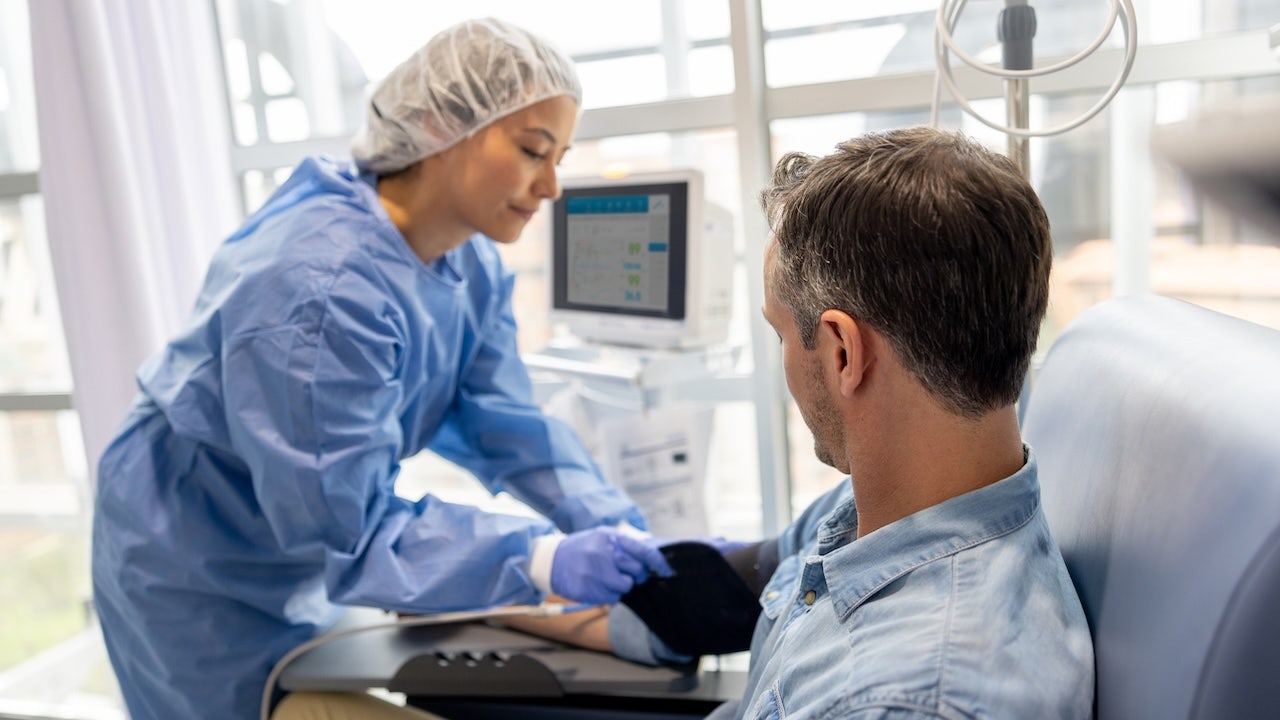CDC warns of increase in invasive strain of strep throat in US

Cases of an invasive strain of strep throat have been on the rise in certain areas of the United States, as reported by the Centers for Disease Control and Prevention. A recent surveillance study published in JAMA revealed that the incidence of group A Streptococcus (GAS) infection has significantly increased from 2013 to 2022. States affected by this alarming trend include California, Colorado, Connecticut, Georgia, Maryland, Minnesota, New Mexico, New York, Oregon, and Tennessee.
The overall incidence of GAS infection more than doubled during this time period, jumping from 3.6 to 8.2 cases per 100,000 persons. The study also highlighted that infection rates were particularly elevated among residents of long-term care facilities, the homeless population, and injection drug users. While the incidence was highest among individuals aged 65 and older, the relative increase over time was most pronounced among adults aged 18 to 64.
The CDC researchers emphasized the urgent need for accelerated efforts to prevent and control GAS, especially targeting groups at the highest risk of infection. GAS, a bacterium known for causing non-invasive diseases like strep throat and impetigo, can also lead to more severe infections such as sepsis, necrotizing fasciitis, and streptococcal toxic shock syndrome.
A press release from the University of Minnesota’s CIDRAP shed light on the severity of the situation, highlighting that GAS had led to over 20,000 hospitalizations and nearly 2,000 deaths. Bacteremic cellulitis was identified as the most common disease caused by GAS, followed by septic shock, pneumonia, and bacteremia without focus.
In an editorial published in JAMA, Dr. Joshua Osowicki, a pediatric infectious diseases physician, pointed out a global increase in GAS cases following the COVID-19 pandemic. He emphasized the insidious and unpredictable nature of invasive GAS infections, which can test even the most advanced medical facilities’ lifesaving capacity.
Fox News senior medical analyst Dr. Marc Siegel expressed concern over the rising cases of GAS, particularly among socioeconomically disadvantaged groups, such as the homeless and substance abusers. He stressed the need for a vaccine against GAS, which is currently unavailable. Siegel highlighted that the weakened immune systems resulting from the recent onslaught of viruses, including COVID-19, have contributed to the surge in GAS infections.
In 2023, a spike in strep throat infections caused by GAS was reported, predominantly affecting children. After a decrease in cases during the pandemic, the infection rate was 30% higher than the previous peak observed in February 2017. Dr. Shana Johnson, a physical medicine and rehabilitation physician, warned that GAS rates, including the more dangerous invasive type, were at their highest levels in years.
To combat the spread of GAS, it is essential to practice good hygiene, avoid sharing utensils with infected individuals, and cover the mouth and nose when coughing or sneezing. Treatment for group A strep typically involves antibiotics, which help reduce the duration of illness and prevent the infection from worsening.
As the incidence of invasive GAS infections continues to rise, it is crucial for healthcare professionals and public health authorities to implement strategies to control and prevent further spread. By raising awareness, promoting proper hygiene practices, and prioritizing early intervention, we can work towards reducing the impact of this concerning trend on public health.




